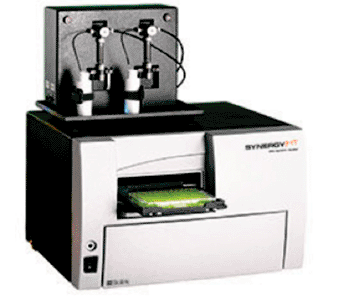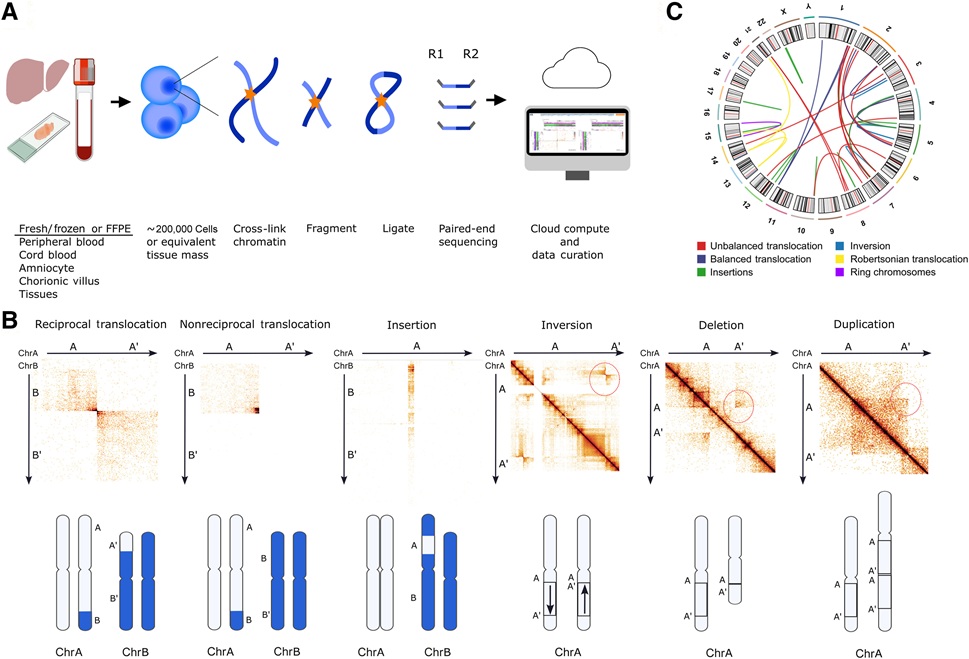Assay Detects Urinary Proteins in Bladder Cancer
By LabMedica International staff writers
Posted on 08 Jul 2013
A high-throughput assay has been developed for the detection of tyrosine-phosphorylated proteins (TPPs) in urine of bladder cancer patients. Posted on 08 Jul 2013
Urinary TPPs appear to be a potential cancer marker for the detection of early stages of bladder cancer, but the development of methods to perform the evaluation of their diagnostic performances and their clinical validation is crucial.

Image: Synergy HT Multi-Mode microplate reader (Photo courtesy of Biotek).
Oncologists at the University of Turin Medical School (Turin, Italy) collected urine specimens from 23 bladder cancer patients and 43 healthy volunteers. There were 19 males and 4 females with bladder cancer with a mean age of 67.65 ± 10.63. The scientists developed an immobilized metal affinity chromatography (IMAC) system that was miniaturized in a 96 well format. Luminescence, visible, and infrared fluorescence antibody-based detection methods were comparatively evaluated.
The luminescence end-point detection was performed by means of a Synergy HT Multi-Mode microplate reader (Biotek; Winooski, VT, USA) and infrared (IR) fluorescence detection was performed with the Odyssey Infrared Imaging System (LI-COR Biosciences; Lincoln, NE, USA). Due to their low abundance, both a phosphoprotein enrichment step and very sensitive detection methods are required to detect TPPs in urine samples. To pursue high throughput, reproducibility and cost containment, which are required for bladder cancer screening programs. The scientists coupled the preanalytical IMAC procedure with high sensitive detection phases using either infrared fluorescence or chemiluminescence in an automated platform.
The assay represents the first quantitative and high throughput method for the measurement of TPPs in urine. Preliminary evaluation of the sensitivity and the specificity was 87% and 95% respectively, which confirmed the excellent diagnostic performances of TPPs as bladder cancer marker. The authors concluded that their method had optimized the measurement of TPP levels in urine samples, integrating the preanalytical and analytical phases in a 96 well format and with the use of affordable detection methods. This method is now feasible to be applied to a large number of patients and high-risk subjects to establish its actual diagnostic and predictive power. The study was published in the June 2013 issue of the journal Biochimica et Biophysica Acta.
Related Links:
University of Turin Medical School
Biotek
LI-COR Biosciences














